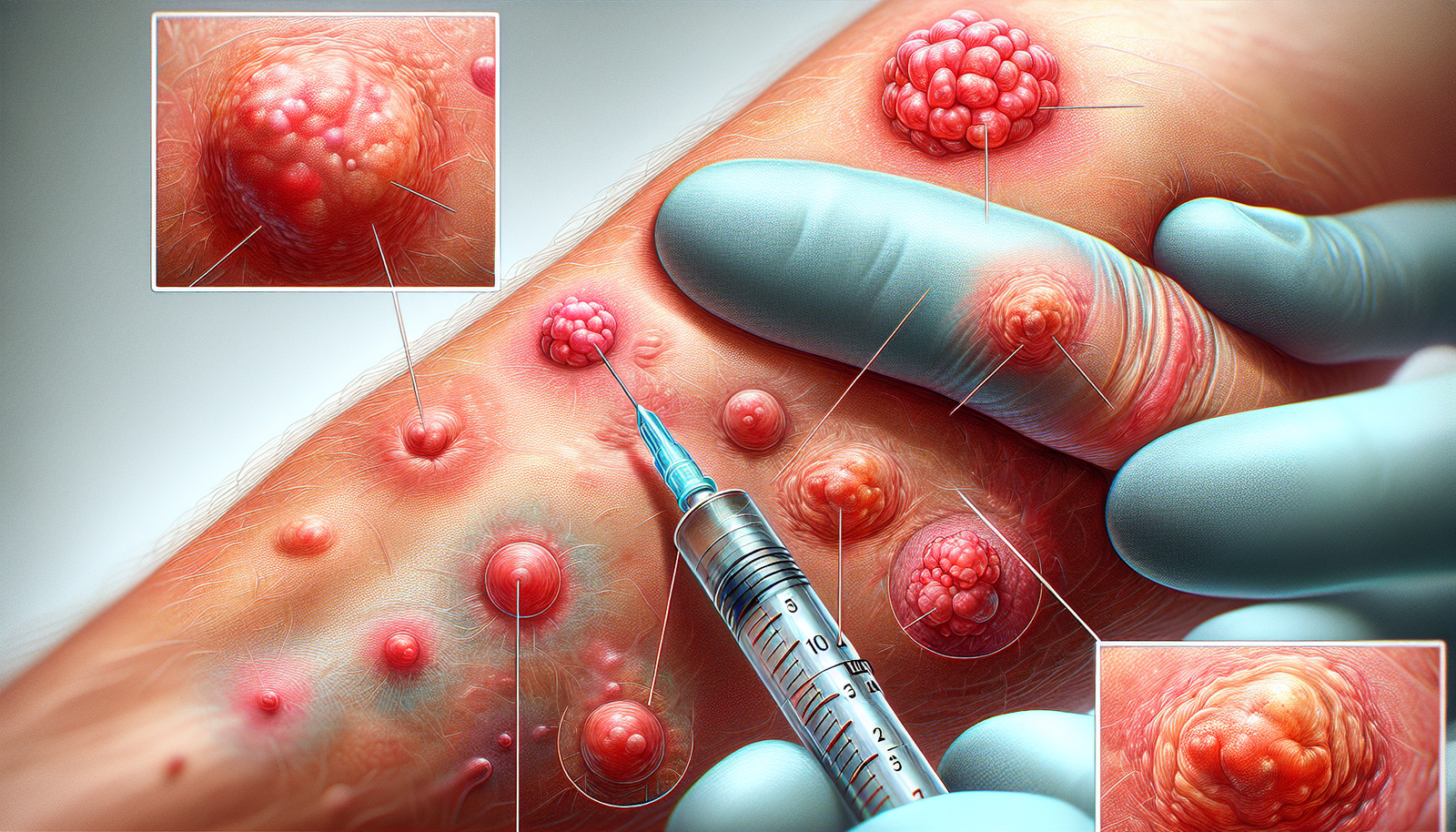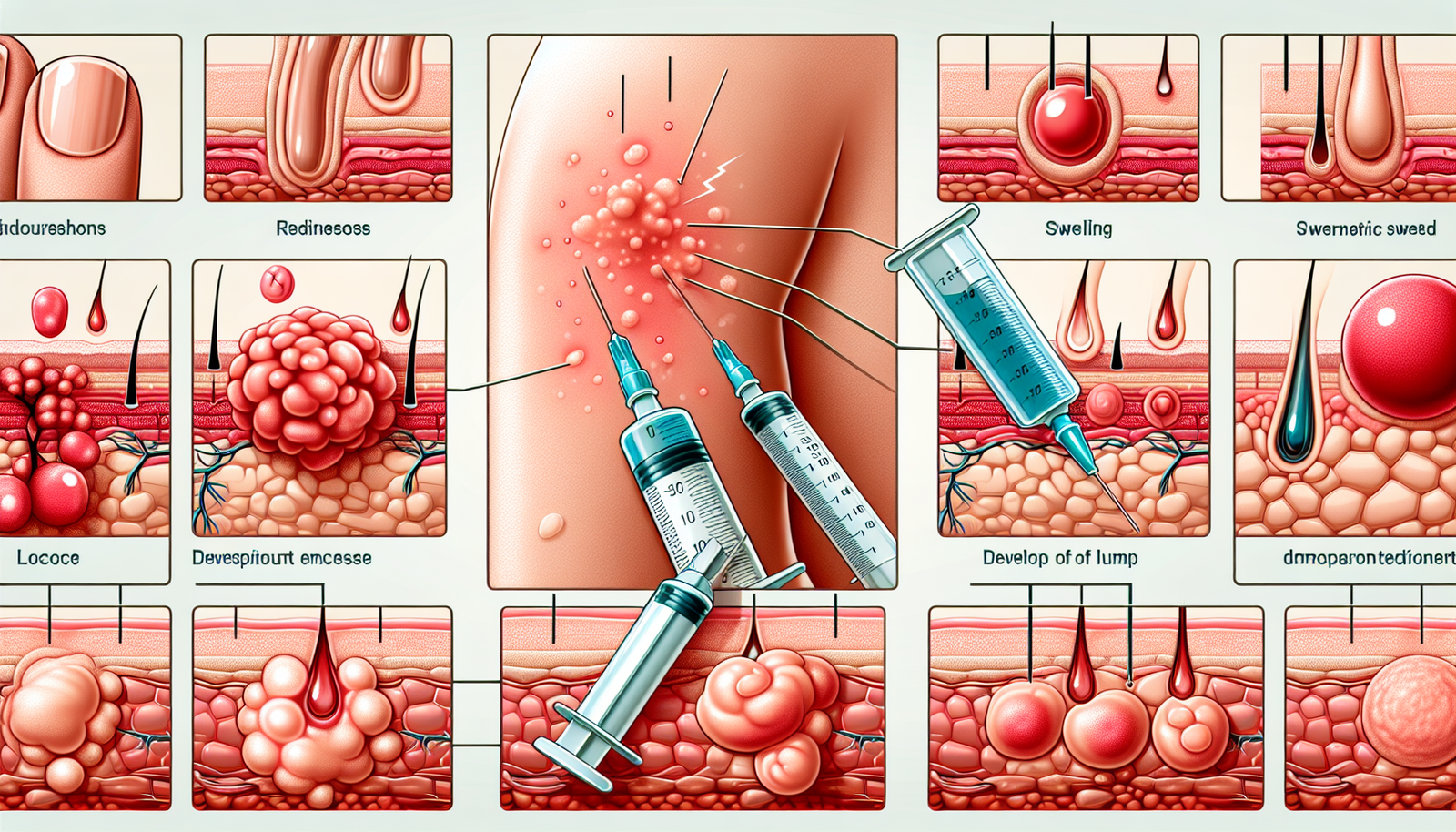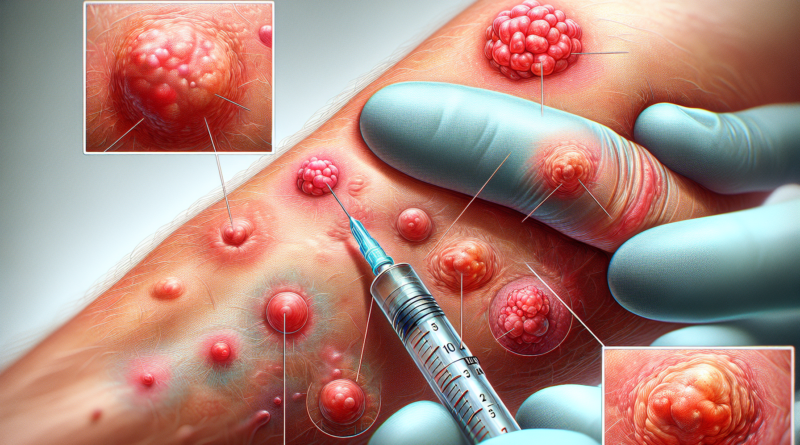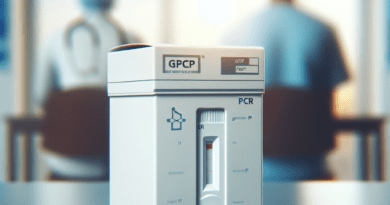Understanding Injection-Site Reactions: Discomfort, Lumps, Redness, and Swelling
You may often shrug off the redness, discomfort, or lump formation after receiving a shot, thinking it’s all part of the immunization game. However, you might be dealing with an injection-site reaction – a cluster of symptoms, including lumps under the skin, redness, and swelling that can pop up post-injection. You might wonder if this is normal, or if it’s a sign of concern. In “Understanding injection-site reactions: Discomfort, Lumps, Redness, and Swelling”, we’ll bring clarity to this issue, helping you to distinguish between ordinary after-effects and symptoms that might need medical attention.

Understanding Injection-Site Reactions
If you’ve ever had an injection, you’ll likely be familiar with some level of discomfort or reaction at the injection site. Whether it’s a minor annoyance or a worrisome lump, these reactions can be nerve-wracking. However, arming yourself with knowledge and understanding of why these reactions occur can help you manage and even prevent them.
Defining Injection-Site Reactions
Injection-site reactions refer to a range of symptoms you might experience after receiving an injection. These can include discomfort, redness, swelling, and even lumps under your skin. They occur in response to the body’s normal immune response, trauma to the tissues from the needle, or due to the medication being injected. While these reactions are typically harmless and temporary, they can be quite distressing if you don’t know what to expect.
Common Symptoms Associated
There are several common symptoms associated with injection-site reactions. Discomfort or a dull pain is often the first and most frequent symptom. This can progress to redness or visible swelling at the site. In some cases, you might feel a small, tender lump beneath your skin. Note that these symptoms usually subside within a few days.
Discomfort at the Injection Site
Causes of Injection-Site Discomfort
The prime cause of discomfort at an injection site is the needle’s physical intrusion into your skin and muscle tissue, which the body perceives as a minor injury. Your body responds by increasing the circulation of blood and immune cells to the area, which can result in a sensation of pain or discomfort. Moreover, certain medications can themselves cause irritation at the injection site.
Managing and Treating Discomfort
However intense, the discomfort is usually temporary and subsides within a few days. To manage the discomfort, you can use a cool compress on the area or over-the-counter analgesics, if advised by your healthcare professional. Remember, avoid pressing too hard on the site or massaging it; this can worsen the discomfort or even cause further tissue damage.
Understanding Lumps Under the Skin
What are Injection-Site Lumps
A lump at the injection site might feel alarming, but it’s usually a harmless symptom of an injection-site reaction. It’s a small accumulation of fluid, immune cells, or even the medication itself, trapped under your skin.
Causes and Prevention of Lumps
Lumps can result from the technique of injection, in the case of a needle not being inserted deeply enough, or from certain medications that form a ‘depot’ to be slowly absorbed over time. You can prevent lumps by rotating your injection sites if you receive frequent injections, and ensuring that you (or your healthcare provider) are using the correct technique.

Dealing with Redness After Injection
Understanding Why Redness Occurs
Redness at an injection site is a common symptom due to the influx of blood to the area, as part of your body’s healing response. In some cases, it can also be a sign of irritation from the medication injected.
Treatment and Reduction of Redness
Redness, like other injection-site reactions, is temporary and will fade over time as the body heals the injection site. Applying a cool compress to the area can help soothe the skin and reduce redness. Always check with your healthcare provider before applying any creams or lotions to the injection site.
Swelling: A Common Injection Reaction
Why Swelling Occurs
Swelling or inflammation at an injection site is the body’s reaction to the minor tissue damage caused by the needle. This process involves increased blood flow and immune cell activity in the area, which can result in swelling.
Managing and Reducing Swelling
Swelling typically subsides on its own within a few days. Applying a cold compress to the area can help reduce swelling. If the swelling is causing discomfort, over-the-counter pain relievers may be considered, but always consult with your healthcare provider first.
Distinguishing Between Normal and Severe Reactions
What is Considered a Normal Reaction
A normal reaction to an injection includes mild discomfort, redness, and slight swelling at the site. These symptoms should begin to improve within a day or two, and disappear altogether within a week.
Signs of Severe Injection-Site Reactions
While rare, severe injection-site reactions do occur. These can include intense pain, significant swelling or redness, a spreading rash, fever, or pus or heat at the injection site – signs of a possible infection. Such symptoms should be reported to your healthcare provider immediately.
Prevention of Injection-Site Reactions
Pre-Injection Preparations
Proper preparation before an injection can help prevent reactions. Make sure the area to be injected is clean and dry. If you’re injecting yourself, make sure your hands and any equipment are clean, too.
Right Injection Techniques
The right technique goes a long way in preventing injection-site reactions. Make sure the needle is inserted at the correct angle, and the medication is injected slowly to allow the tissue to accommodate it.
Post-Injection Care
After an injection, avoid rubbing or scratching the site. If you’ve had an intramuscular injection, gently use the muscle afterward to facilitate the medication’s absorption and minimize discomfort.
When to Seek Medical Attention
Assessing Severity of Symptoms
Most injection-site reactions can be managed at home and require no medical intervention. However, if your symptoms are severe, are not improving over several days, or are getting worse, seek medical attention.
Complications That Require Medical Attention
If you notice signs of infection such as increasing pain, redness, pus, or swelling, fever, or red streaks spreading from the injection site, or if you experience difficulty breathing or other severe symptoms, seek immediate medical attention.
Psychological Impact of Injection-Site Reactions
Understanding Needle Phobia
The fear of needles, or needle phobia, is a common condition that can exacerbate the stress of injection-site reactions. It’s important to know that this fear is valid, but can be managed with support, preparation, and a calm environment.
Managing Anxiety Around Injections
If you’re anxious about injections, discuss your fears with your healthcare provider. Techniques such as visualization, breathing exercises, and distraction can be effective, as can pain management strategies such as applying a topical anesthetic before the injection.
FAQs on Injection-Site Reactions
Common Questions and Misconceptions
Many people wonder if they’ve done something wrong if they experience an injection-site reaction. Remember, these reactions are often simply your body’s natural response to an injection, and not necessarily a sign of error or complication.
Dispelling Fears About Injection-Site Reactions
Knowledge is power, and understanding why injection-site reactions occur can help quell fears. Most importantly, always remember that while these reactions can be uncomfortable or even disturbing, they’re typically short-lived and harmless.
Remember, if you have any concerns or questions about injection-site reactions, don’t hesitate to reach out to your healthcare provider. They’re your best source of information and can provide individualized advice and reassurance based on your specific health history and needs.




